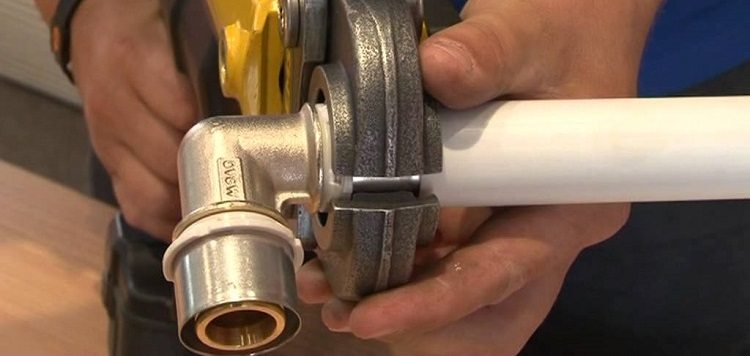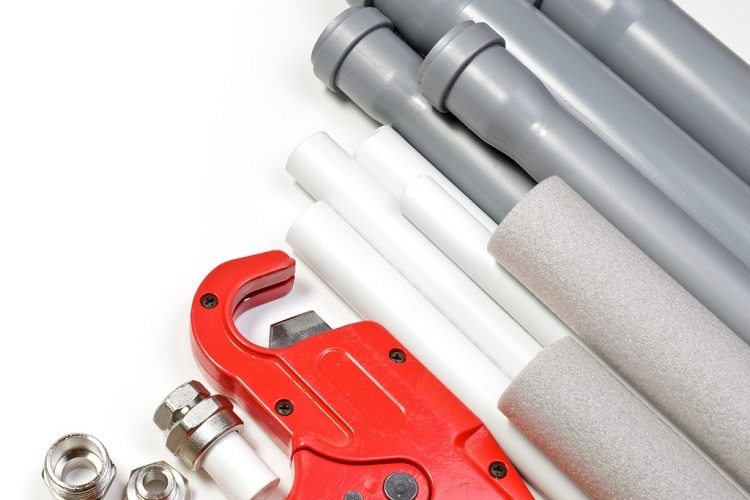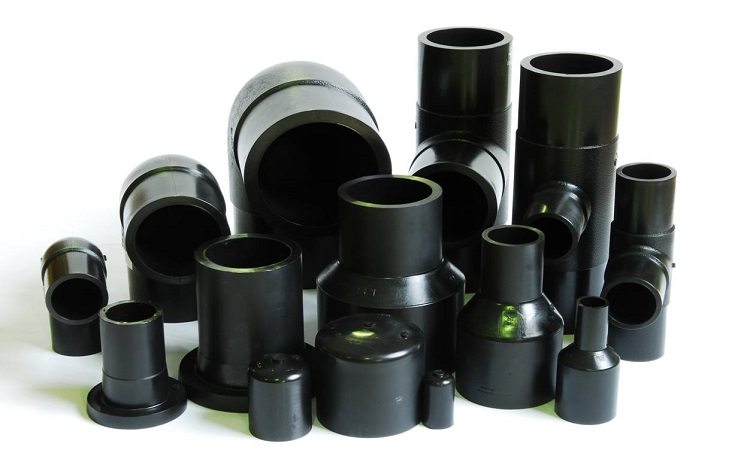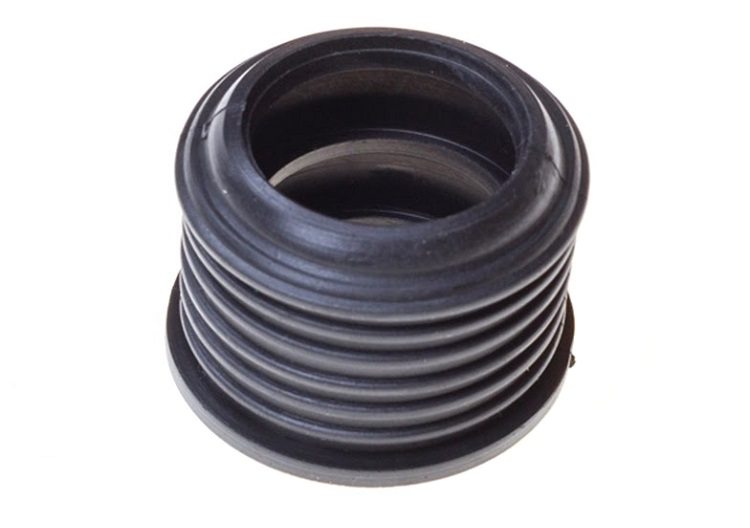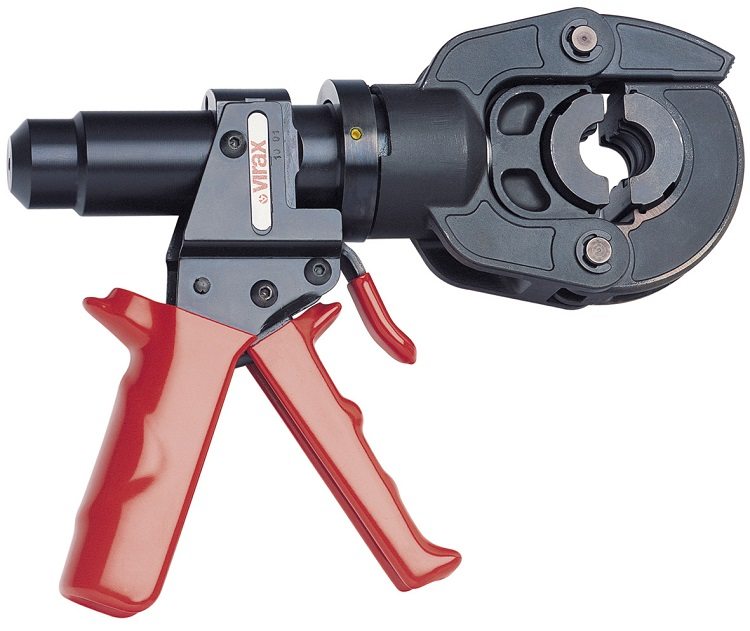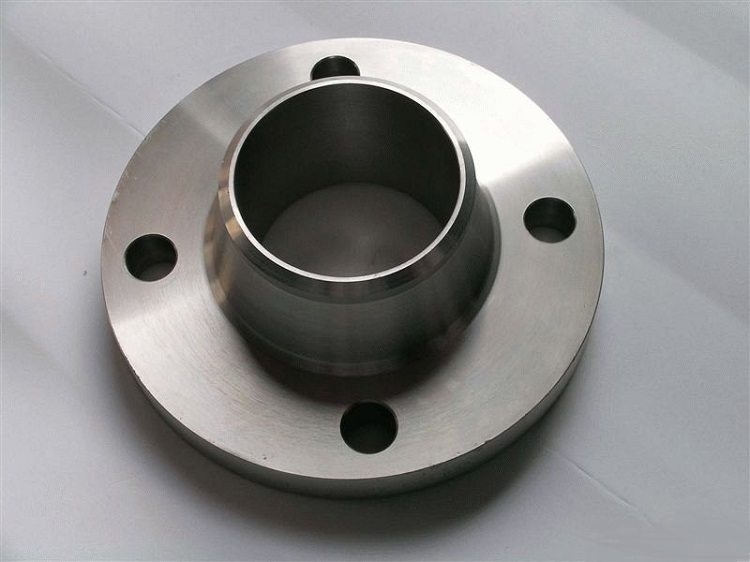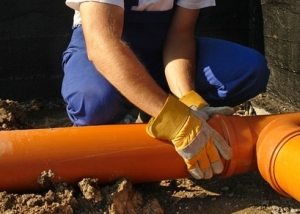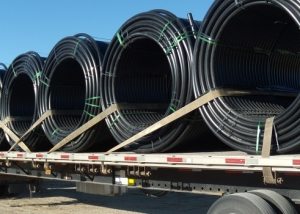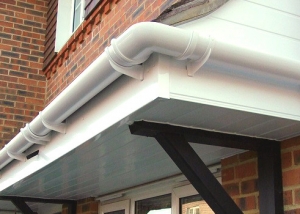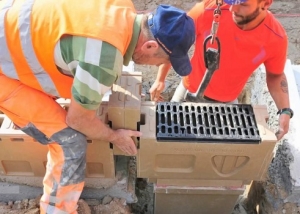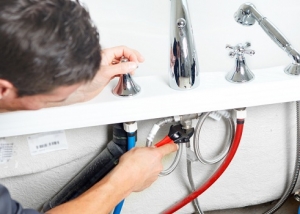Due to their durability, good anticorrosion properties and low weight, modern systems often change from cast iron to plastic. Sewer pipe connection it should be done very carefully. Plastic prevents clogging of pipes, which makes this material the most suitable for sewer systems. However, the difference in the expansion coefficients of cast iron and plastic during heating can lead to depressurization of the compound and the appearance of leaks.
Content
Preparatory work
At replacement of sewer systems from cast iron to plastic, it is necessary to use special hammers that have a wooden or rubber nozzle. Since cast iron is brittle, an ordinary hammer can crack it. Pieces of cast iron can get into the pipes and lead to their blockage. The installation of plastic pipes should be carried out taking into account the inspection hatches. In the absence of these hatches in case of breakage, it will be necessary to cut the pipes, which will significantly increase the cost of repair work. If the riser has a diameter of 110 mm, then in this case it is advisable to use a plastic pipe with a diameter of 50 mm.
In order to connect sewer plastic pipes with both cast iron and any other metal pipes, the following tools and materials are needed:
- plastic pipes with the required size;
- a hammer with a rubber or wooden nozzle;
- adjustable wrenches;
- tools for cutting workpieces (there may be a grinder or a hacksaw);
- necessary adapters suitable for forming a connection.
To connect pipes from different materials can be through the use of various couplings, rubber gaskets, seals, fittings.
The main methods of connecting cast iron and plastic pipes
The connection may be flange or fitting. When flanged, there are two disks with holes that, adjacent to each other, form a pipe joint. Such a connection is used if pipes are large in diameter. To form pipe joints with a diameter of less than 110 mm, fittings are used, which are cast and crimp. A molded fitting is a one-piece piece with a bell in which the seal is located. Crimp fitting - prefabricated, more complex design. When buying a crimp fitting, you should pay attention to the crimp ring, which must necessarily contain a cut, in order to prevent leaks during operation.
In addition, fittings can be divided into compression and press fittings. Using a compression fitting ensures ease of operation and good tightness of the joint. However, over time, the tightening of the nut may weaken, which will lead to leakage, and work on the connection of pipes takes a lot of time. To connect plastic pipes with cast iron, as an option, you can use press fittings.This connection provides good reliability, eliminates the need for subsequent periodic monitoring.
Important! When performing work, cement should not be used to connect plastic pipes with cast-iron pipes.
Fittings can be selected for pipes of different diameters, including sewer.
Rubber gasket connection
Using a rubber gasket, you can easily connect the sewer pipes - plastic with cast iron. Both in terms of speed of execution and in terms of service life (up to 10 years), this method is the most acceptable. It is applicable if, after removing the pipeline from cast iron, the remaining fragment does not have cracks, chips, with an even socket and an expanding part at the end. A butt joint of two pipes is made by inserting a rubber cuff into the socket, followed by the introduction of a plastic pipe into it to a depth of 5 - 8 cm. It should also be remembered that the pig-iron pipe must be cleaned of rust from the inside before connection. The advantage of this method is the ability to immediately use the sewer system.
If for some reason there is no expanding part at the end of the cast-iron pipe, then a plastic adapter is needed. To install it, you need to align the edge of the pipeline with a grinder and remove rust. Next, a rubber gasket and an adapter made of plastic are placed on the received part. At the end, the bell of the plastic pipe is connected. In this case, all sealing elements and transitions must be lubricated with silicone sealant.
The advantages of press fitting and its use
The fitting connection of plastic sewer pipes with cast-iron pipes is carried out not only if it is necessary to combine pipes from these materials, but also if there are problems in an existing sewer system. Press fittings remain operational for up to 50 years, withstanding pressure up to 0.1 MPa.
First you need to cut off part of the cast-iron pipe, regardless of the presence of expansion or the absence of a bell. Next, it is necessary to clean the cut end face with sandpaper and a file in order to remove burrs and grease with machine grease: mineral oil, solid oil. Using a special tool, cut the external thread in the area of 3-5 cm and wind the sanitary thread over it. At this point, the fitting and pipe can be connected by simple screwing.
Important! It is necessary to tighten the press fitting effortlessly so as not to damage the cast iron. To prevent water hammer, it is better to squeeze the thread after supplying water to the system.
Put the plastic pipe with the crimp cuff on the other side of the fitting and compress the shrink sleeve with a special tool. This kind of connection of plastic and cast-iron sewer pipes is the most reliable by sealing the threads at one end and installing a rubber o-ring on the other.
Features of the flange connection
Flange connections are advisable for large pipe diameters. To connect a smooth sewer pipe with a cast iron flange, it is necessary to use various adapters. The most suitable for plastic pipes is a loose flange. When choosing it, you should pay attention to the absence of burrs and sharp edges. They can damage the plastic pipe. The features of this compound are as follows:
- it is better to use a straight shoulder with a conical transition to ensure the strength of the connection;
- a loose flange that rests on a conical collar is used to connect pipes with a diameter greater than 20 cm;
- the free flange, which rests on the free collar, is used for heavy and medium polymer pipes with a diameter of up to 15 cm; for lungs - with a diameter of up to 30 cm.
First you need to cut the pipe at the location of the intended connection. The cut must be even. Next, a loose flange and a rubber gasket are put on the pipe. It is important that its inlet for the pipe section does not exceed 1 cm. After that, push the flange onto the gasket and connect with bolts. Bolts must be tightened uniformly without exceeding the forces specified in the specification.
Sealing pipe joints with plumbing silicone
You can make a decision on how to connect cast iron pipes to plastic ones by evaluating the pipe bell. If he is in satisfactory condition, then joint sealing can be produced with plumbing silicone. In this case, the condition must be satisfied so that the gap between the elements does not exceed 2 mm.
Important! During sealing with silicone sealant, any mechanical impact on the pipe joint is not allowed.
The procedure is simple:
- cast iron pipe must be well cleaned and dried before connection;
- wrap the pipe with plumbing thread and place it to a depth of about 10 cm in a cast-iron bell;
- apply a sufficient amount of silicone to the gap under pressure (it is better to use a special gun so that the silicone layer is as deep as possible, without breaks or voids).
The formation of high molecular weight silicone compounds occurs after 3-5 hours (it is better to withstand the day), after which it is possible to use a sewer system.
